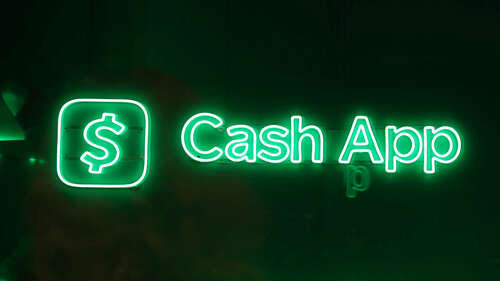
Here’s some advice that should hopefully go a long way: Take the “cash” in Cash App as literally as you possibly can. That’s because you should consider a Cash App payment as close to cash as any digital transaction could be, being that once it’s gone, it’s gone. The app has you covered in basic security features, but if someone scams you into getting you to send them money via Cash App, the money you sent is lost.
When it comes to the major players in the mobile payment space, only PayPal and its sister app, Venmo, offer any kind of real fraud protection. That comes in the form of the buyer protection that both offer when marking a transaction as being for “Goods and Services” on PayPal or flipping on the “Turn on for purchases” switch on Venmo. This change in classification results in transaction fees for the seller, which makes for a convenient excuse to switch to a friend and family payment or another payment app, but again, those behave like cash.
As long as you understand this and act accordingly, there’s nothing wrong with using Cash App outside of a friends and family scenario. There are situations, like in-person Craigslist transactions, where, if not for the likes of Cash App and Zelle, you’d probably just be using cash if it wasn’t for payment apps. Just understand that once you tape “send,” the money isn’t yours anymore.

